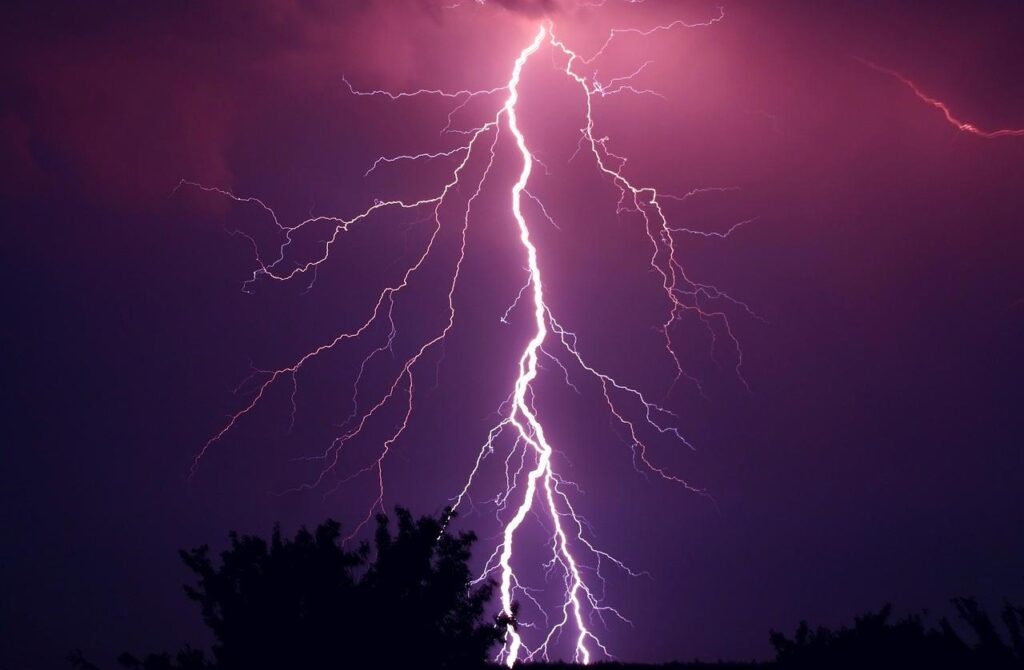
Fulgurites: A Natural Phenomenon
Fulgurites are fascinating formations that occur when lightning strikes sandy soil, sand, or rocks. The intense heat generated by the lightning, which can reach temperatures of up to 3,270 degrees Fahrenheit (1,800 degrees Celsius), melts the silica in the sand and fuses it together, creating unique and often intricate tube-like structures.
Formation Process
When lightning strikes the ground, it can create a fulgurite in a matter of seconds. The lightning heats up the sand or soil so quickly that it melts and then cools rapidly, forming the characteristic glassy tubes. The shape and size of fulgurites can vary widely depending on the conditions of the strike and the composition of the soil or sand.
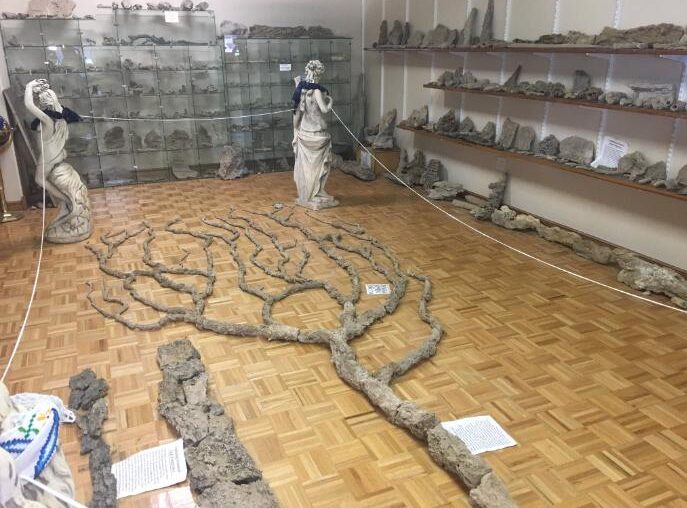
Appearance and Characteristics
Fulgurites are usually hollow, with a glassy exterior and a sandy interior. They can range in size from small, delicate tubes to large, branching structures that resemble tree roots. The color of fulgurites can vary depending on the minerals present in the sand or soil, but they are often a translucent or opaque white or light brown.
Occurrences Around the World
Fulgurites can be found in many parts of the world, wherever lightning strikes sandy soil or rocks. They are often discovered after a lightning storm, when the melted sand or soil has cooled and hardened. Some famous locations for fulgurites include the Sahara Desert, where the sandy soil is ideal for their formation, and the beaches of Florida, where lightning strikes are common.
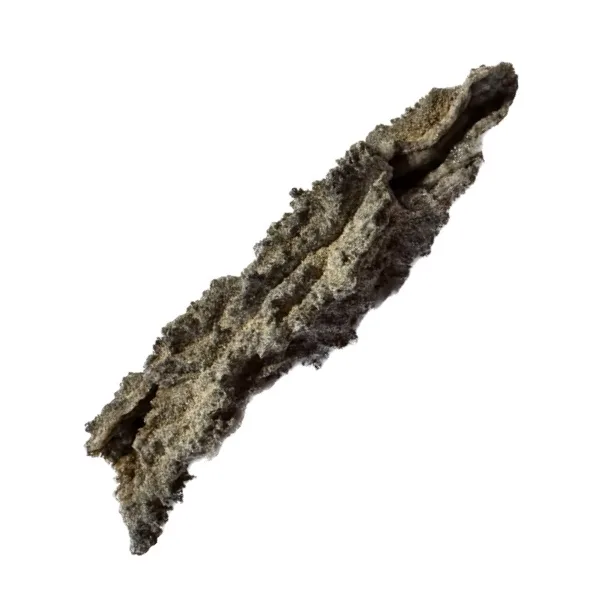
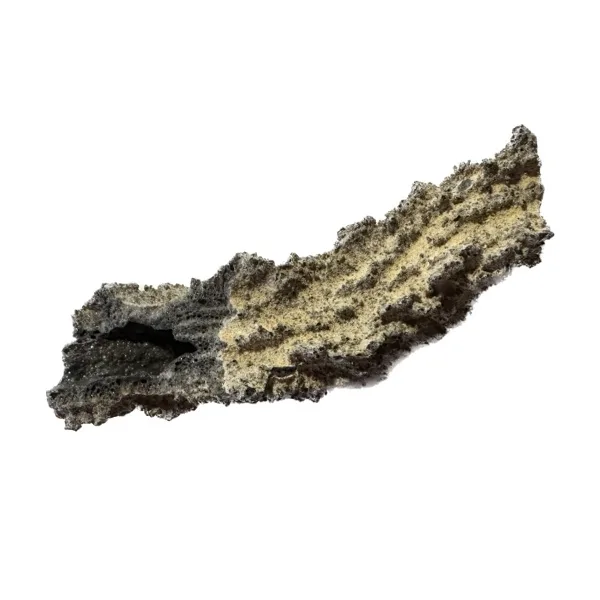
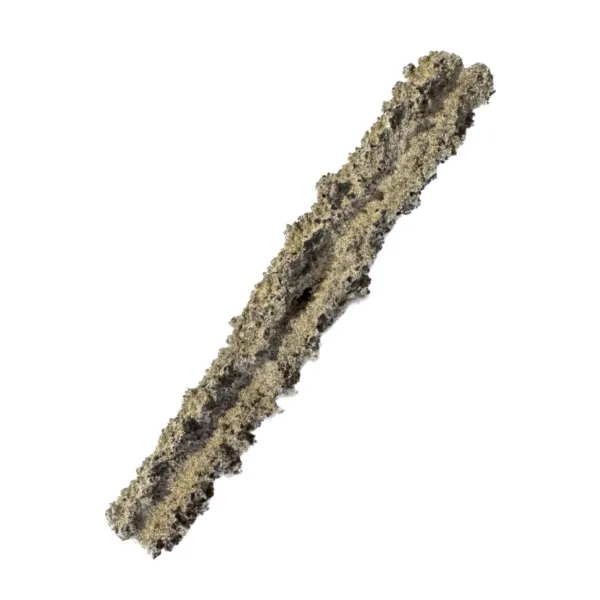
Uses and Significance
Fulgurites are prized by collectors for their unique beauty and the fascinating way in which they are formed. They are also important to scientists studying lightning and its effects on the environment. Fulgurites can provide valuable information about the temperature and energy of lightning strikes, as well as the composition of the soil or sand where they are found.
Fulgurites in Algeria: A Geological Treasure
Algeria, with its vast desert expanses and frequent lightning strikes, is a hotspot for the formation of fulgurites. The country’s unique geological features and climatic conditions make it an ideal environment for the creation of these fascinating formations.
Geological Features of Algeria
Algeria is located in North Africa and is the largest country on the continent. It is home to a diverse range of geological features, including mountains, plateaus, and deserts. The Sahara Desert covers much of southern Algeria, providing a vast expanse of sandy soil that is perfect for the formation of fulgurites.
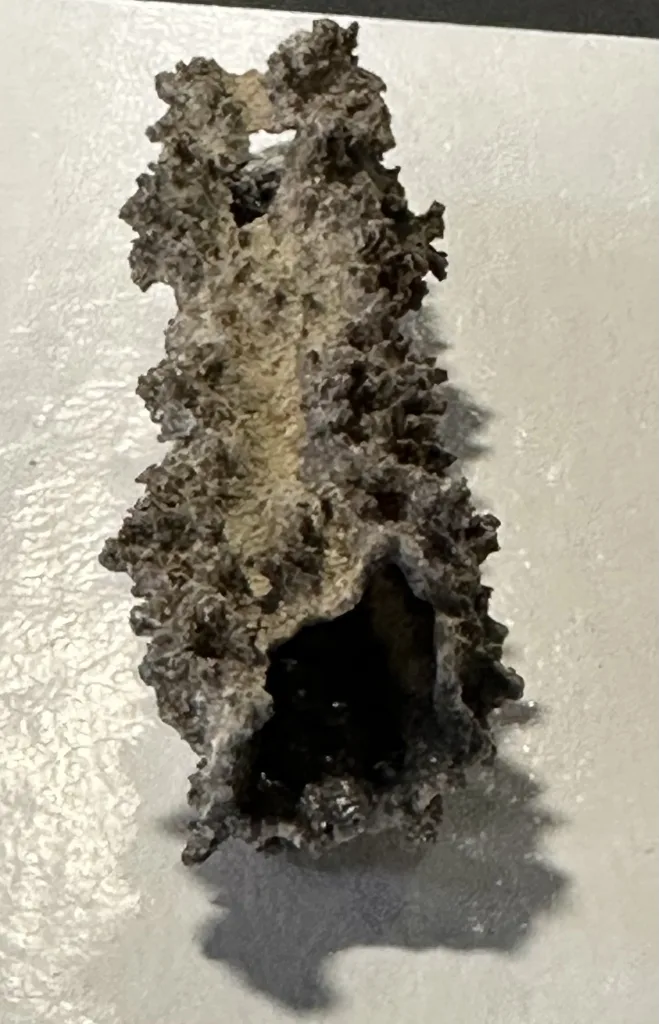
Climatic Conditions
Algeria experiences a hot desert climate, with extremely high temperatures and low rainfall. These arid conditions, combined with the frequent thunderstorms that occur in the region, create the perfect environment for lightning strikes and the subsequent formation of fulgurites.
Fulgurite Formation in Algeria
When lightning strikes the sandy soil of the Sahara Desert, it generates intense heat that melts the silica in the sand, forming fulgurites. The unique combination of sandy soil and frequent lightning strikes in Algeria has led to the formation of some of the most impressive fulgurites in the world.
Types of Fulgurites Found in Algeria
Fulgurites found in Algeria come in a variety of shapes and sizes, ranging from small, delicate tubes to large, branching structures. Some fulgurites exhibit intricate patterns and formations, while others are more simplistic in design. The color of fulgurites found in Algeria can vary depending on the minerals present in the sand, but they are often a translucent or opaque white or light brown.



Significance of Algerian Fulgurites
Algerian fulgurites are highly prized by collectors and researchers alike for their beauty and scientific value. They provide valuable insights into the geological and climatic history of the region, as well as the physics of lightning strikes. Studying fulgurites found in Algeria can help scientists better understand the formation of these structures and the processes involved in their creation.
Conservation and Preservation
Due to their fragile nature, fulgurites must be carefully collected and preserved to prevent damage. Collectors and researchers must adhere to strict guidelines when collecting fulgurites to ensure that they are not damaged or destroyed in the process.
